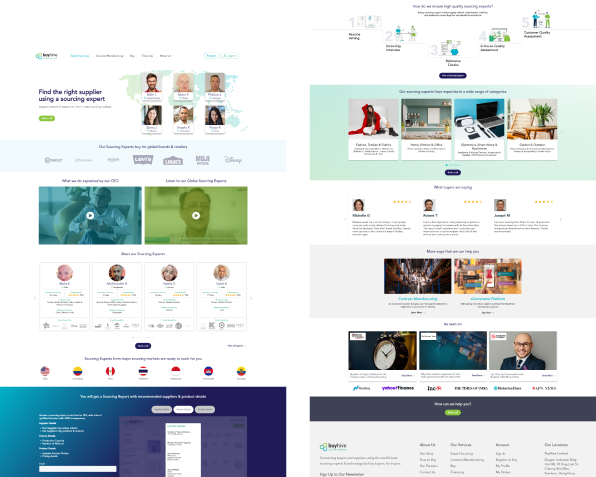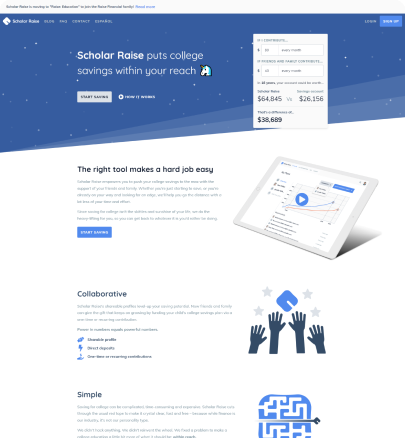

A Vigilant Approach to Identifying Defects, Bugs, and Issues

We verify that the software functions according to the specified requirements and performs the intended tasks correctly.

We assess the software’s user-friendliness, intuitiveness, and overall user experience to ensure it meets user expectations and is easy to navigate and interact with.

We evaluate the software’s performance under various loads and stress conditions to ensure it meets performance expectations, such as response time, scalability, and resource usage.

We check the software’s compatibility with different operating systems, browser, devices or network environments to ensure consistent performance across various platforms.

We test the software’s security measures to identify vulnerabilities, weaknesses, or potential risks that could compromise the system’s integrity and data.

We re-test previously validated software functionalities after changes or enhancements to ensure that the existing features still work correctly and that new changes have not introduced any unintended issues.





At Visnext, we adopt a holistic strategy to assess the performance and quality of your software.
Quality Standards
We bring together our design and development teams to verify whether the final product aligns with initial requirements, ensuring a high standard of quality.Quality Evaluation
Everaging our agile framework, we consistently evaluate your software during each development sprint, carefully analyzing its performance.Quality Consultations
We bring together our design and development teams to verify whether the final product aligns with initial requirements, ensuring a high standard of quality.Quality Improvements
Identifying areas of improvement, our quality assurance team provides guidance to our developers, facilitating the execution of necessary changes.We go beyond typical QA methods by combining automated and manual software testing to guarantee that your software complies with industry standards.

We assess the software’s performance, functionality, security, and usability to verify that the software meets the specified requirements and adheres to quality standards.

QA testers actively search for defects or issues within the software by executing test cases, conducting exploratory testing, and performing various validation techniques.

QA testing helps ensure that the software performs consistently and reliably under different scenarios, loads and environments.

QA testing focuses on evaluating the software from a user’s perspective. It involves checking the user interface, usability, accessibility, and overall user experience.

It helps identify potential risks and issues early in the development cycle, allowing organizations to minimize the impact on end-users and mitigate potential business risks.

QA testing provides valuable feedback to the development team, enabling them to identify areas of improvement in the software's design, codebase, and overall development process.
We use tools that can significantly enhance the software quality assurance process and contribute to business growth.

Jenkins

JMeter

Postman

Selenium

Appium

LoadRunner
